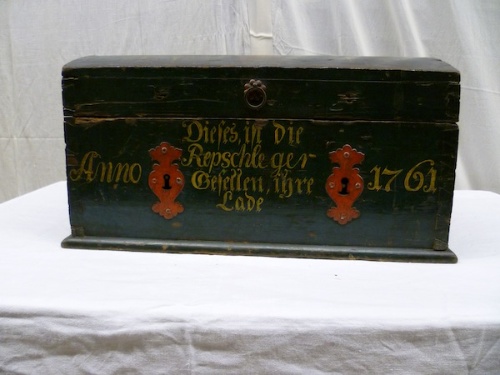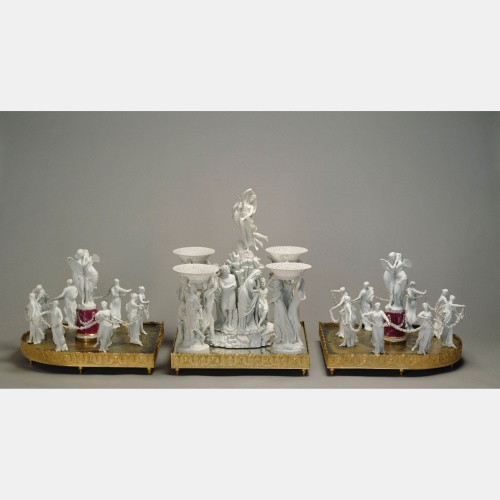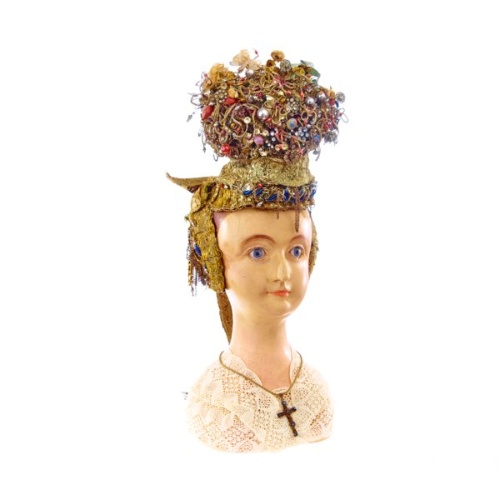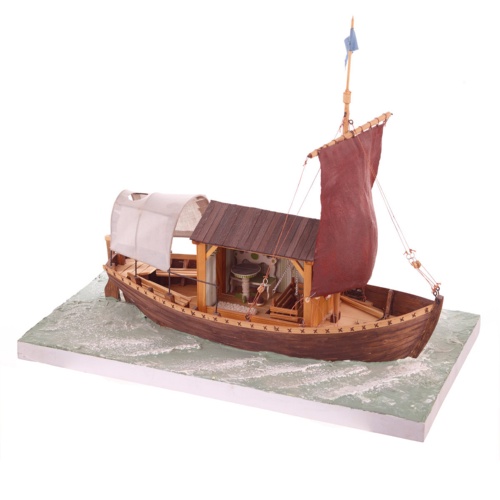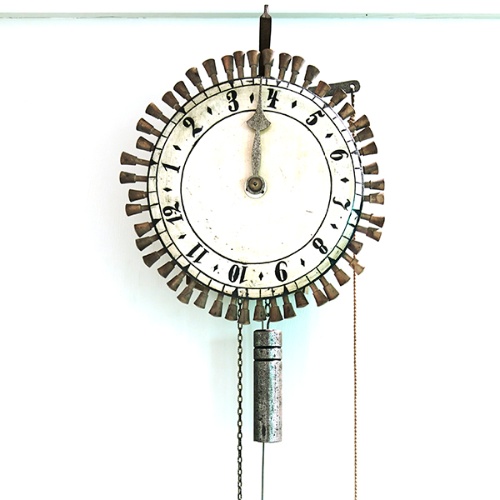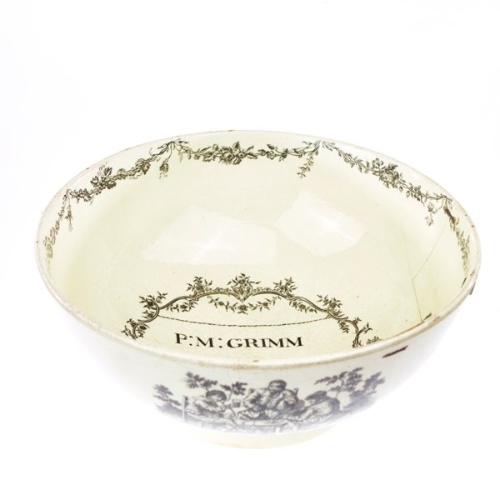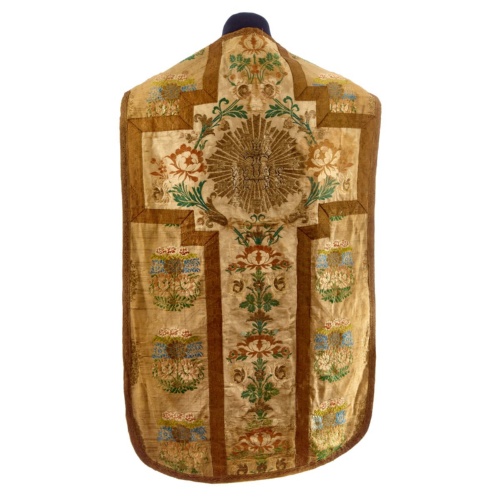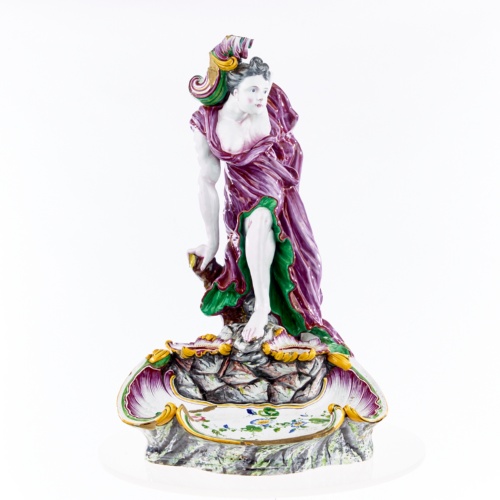The laying on of hands or “blowing” were popular “healing methods.” Specific rituals during a full moon and creeping through knotholes aimed to assist recovery. “Krupeichen” (type of oak tree) were well known for this purpose. Livestock was also handled in this way. The last denouncement against a “witch” was held in Mecklenburg in 1777. Barbers and surgeons healed through bleeding and cupping. The modern healing methods used by educated physicians only became established slowly.
Way of life 1750 up to 1800
On the timeline through this topic
Choose time period:
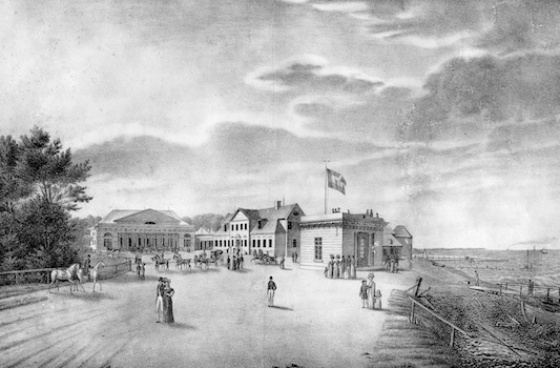
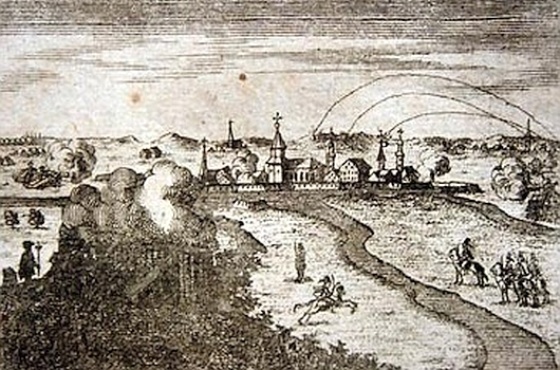
Starving, the rural population flees to the cities during the Seven Years' War (1757-1763), merely compounding the misery in the urban centres. While the population in the Swedish part of Pomerania grows, the Prussian side remains the most sparsely populated province.
The course of people’s lives is based around the seasons or dates such as St. Martin’s Day (11.11) with the Martin’s goose for the pastor, Antonii (31.1) or the Feast of St. John (24.6) for lease payments and other payments. Easter and Christmas were only church festivals.
